Is Rust CPU Or GPU Heavy – Comprehensive Guide 2024!
From my experience, Rust feels more CPU-heavy due to its efficient handling of complex calculations and data processing. While its GPU capabilities are useful, I’ve found that Rust excels in tasks that demand strong CPU performance.
Rust is more CPU-heavy because it relies mainly on the CPU for tasks like calculations and data processing. Although Rust can use the GPU for specific tasks, its primary strength is in CPU performance.
In this article, we will discuss “Is Rust CPU Or GPU Heavy“.
What Is Rust?
Rust is a modern programming language designed for safety and performance. It helps developers write fast and reliable code by preventing common bugs. Rust is often used for building systems, applications, and software that needs to run efficiently.
When Is Rust GPU Heavy?
Rust becomes GPU-heavy when it handles tasks that benefit from parallel processing, like rendering graphics or running complex computations. It uses GPU libraries to offload these tasks from the CPU, making operations faster. However, Rust is generally more focused on CPU performance.
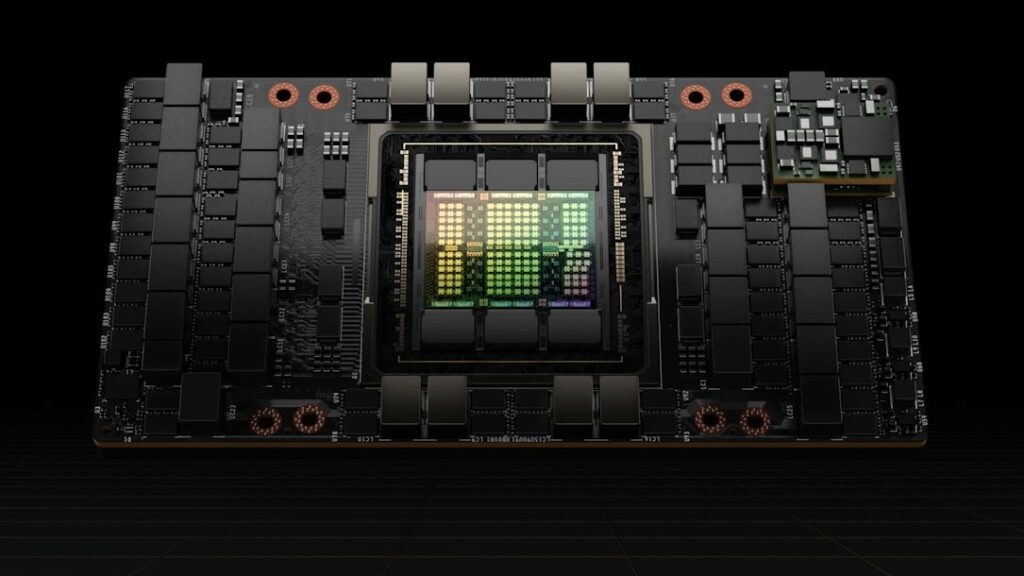
What Makes Rust CPU OR GPU Heavy?
Rust is CPU-heavy because it handles complex calculations and data processing mainly with the CPU. It can become GPU-heavy when using libraries for tasks like graphics rendering, but this is less common. Rust’s primary strength lies in efficient CPU utilization for most tasks.
Also Read: How Hot Is Too Hot For GPU – Avoid Overheating 2024!
Is Rust CPU Or GPU Heavy?
Rust is generally more CPU-heavy because it focuses on performing complex calculations and managing data efficiently using the CPU.
While it can utilize the GPU for specific tasks like graphics rendering and parallel processing through specialized libraries, its main strength is in leveraging CPU power. This means Rust excels in tasks that require strong computational performance rather than heavy GPU usage.
How Does Rust Use The GPU?
Rust uses the GPU to handle tasks that can be processed in parallel, which means doing many things at once. Here’s how Rust makes use of the GPU:
1. Using GPU Libraries:
Rust has libraries, like `wgpu` and `gfx-rs`, that help developers write code for the GPU. These libraries let Rust interact with the GPU to speed up tasks like rendering graphics and performing complex calculations.
2. Parallel Processing:
The GPU is designed to handle many operations at the same time, making it ideal for tasks that need a lot of processing power. Rust can use the GPU to manage these tasks more efficiently, which is useful for things like game development and scientific computing.
3. Graphics Rendering:
For applications that involve drawing images or animations, Rust can offload these tasks to the GPU. This helps to improve performance and make applications run smoother by using the GPU’s ability to handle graphics better than the CPU alone.
Why Consider GPU Programming In Rust?
GPU programming in Rust can be beneficial for several reasons. Here’s why you might want to use the GPU with Rust:
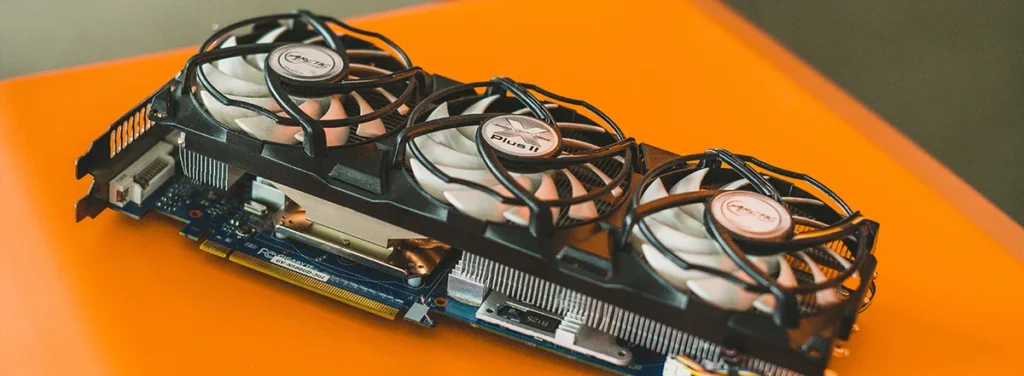
1. Faster Processing:
GPUs are great at handling tasks that need a lot of simultaneous operations. This makes them ideal for speeding up processes like graphics rendering and complex computations. Rust’s GPU programming capabilities can help achieve faster performance in these areas.
2. Improved Efficiency:
Using the GPU for parallel tasks can offload work from the CPU, which allows your system to run more efficiently. Rust helps manage this balance by providing tools and libraries that make it easier to utilize the GPU effectively.
3. Advanced Capabilities:
Rust’s GPU libraries offer advanced features for high-performance computing. This is useful for developers who need to perform tasks like machine learning or simulations that require powerful data processing capabilities.
4. Safety and Performance:
Rust is known for its focus on safety and performance. When using the GPU, Rust’s safety features ensure that code is reliable and free of common errors, while still delivering high performance for demanding tasks.
Also Read: How Long Does GPU Last – Extend GPU Lifespan 2024!
How To Optimize Rust For Better Performance?
- Use Efficient Data Structures: Choose the right data structures for your tasks. For example, use vectors for dynamic arrays and hash maps for quick lookups to ensure your code runs smoothly.
- Avoid Unnecessary Allocations: Minimize memory allocations by reusing existing data and avoiding frequent allocations. This reduces overhead and improves performance.
- Profile Your Code: Use profiling tools to identify slow parts of your code. This helps you focus on optimizing the most critical sections for better performance.
- Leverage Rust’s Concurrency Features: Utilize Rust’s concurrency tools like threads and async functions to run tasks in parallel. This can speed up operations that can be done simultaneously.
- Optimize Algorithms: Improve the efficiency of your algorithms. Use faster algorithms and avoid inefficient ones to reduce the time your program takes to execute.
- Minimize Copying Data: Avoid copying large amounts of data unnecessarily. Use references or pointers to access data without duplicating it.
- Utilize Compiler Optimizations: Enable compiler optimizations by using the `–release` flag when building your Rust program. This makes the compiler generate more efficient code.
- Manage Memory Carefully: Use Rust’s ownership and borrowing features to manage memory safely and efficiently. This helps prevent memory leaks and ensures optimal performance.
- Keep Dependencies Updated: Regularly update your dependencies to benefit from performance improvements and bug fixes in the libraries you use.
Is Rust More CPU Or GPU Intensive?
No, Rust is not more GPU intensive. Rust is generally more CPU intensive because it focuses on tasks that require complex calculations and data management, which are handled primarily by the CPU. While Rust can utilize the GPU for specific tasks like graphics rendering and parallel processing, its main strength lies in CPU performance.
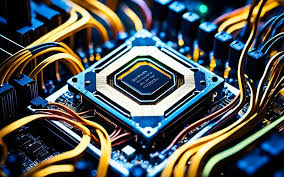
How Can I Improve Rust’s Performance?
To improve Rust’s performance, start by profiling your code to find and fix slow areas. Use efficient data structures, minimize unnecessary memory allocations, and optimize algorithms.
Take advantage of Rust’s concurrency features for parallel processing and enable compiler optimizations by building with the `–release` flag. Managing memory carefully and keeping your dependencies updated also helps boost performance.
Also Read: Can I Bring A Gpu On A Plane – Ultimate Guide Of 2024!
When Should I Use Rust’s GPU Features?
Use Rust’s GPU features when you need to handle tasks that require a lot of parallel processing, like rendering graphics or running complex simulations. They are beneficial for speeding up operations that can be performed simultaneously, which helps in improving overall performance.
Can Rust Use Both CPU And GPU?
Yes, Rust can use both CPU and GPU. It primarily relies on the CPU for most tasks, but it can also leverage the GPU for parallel processing and graphics tasks using specialized libraries, improving performance in certain applications.
Is Rust Better For CPU-Intensive Tasks Than GPU-Intensive Tasks?
Yes, Rust is generally better for CPU-intensive tasks. It excels at handling complex calculations and managing data with the CPU. While it can use the GPU for specific tasks, its main strength lies in optimizing CPU performance.
Does Rust’s Performance Vary With Different CPUs?
Yes, Rust’s performance can vary with different CPUs. Faster and more powerful CPUs will handle Rust programs more efficiently, while older or less powerful CPUs may run them slower. The performance largely depends on the CPU’s capabilities and how well Rust’s code leverages them.
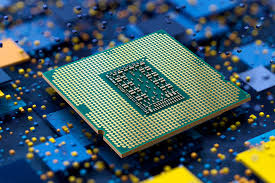
Is Rust’s GPU Support Good For Gaming?
No, Rust’s GPU support is not primarily focused on gaming. While Rust can use the GPU for certain tasks, it is not specifically optimized for gaming. Most of Rust’s GPU capabilities are geared towards general parallel processing and not gaming-specific performance.
Also Read: How Much GPU Usage Is Normal – Complete Guide 2024!
Does Rust Need A Powerful CPU?
Yes, Rust benefits from a powerful CPU. Since Rust is designed to handle complex computations and manage data efficiently, a more powerful CPU can significantly enhance its performance. A stronger CPU helps Rust run programs faster and handle more demanding tasks effectively.
Can Rust Handle High-Resolution Graphics Well?
Yes, Rust can handle high-resolution graphics well, but it relies on external libraries and frameworks to do so. While Rust itself is not primarily a graphics engine, it can use libraries designed for GPU programming to manage and render high-resolution graphics efficiently.
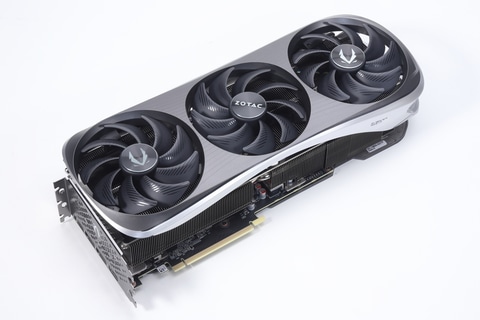
FAQs:
1. Can Rust Handle Multi-core CPUs Well?
Yes, Rust is good at using multi-core CPUs to run multiple tasks at once efficiently.
2. What Types Of Projects Benefit Most From Rust’s CPU Power?
Projects that need heavy data processing or complex calculations, like scientific simulations or data analysis, benefit the most.
3. How Does Rust Manage CPU Resources Efficiently?
Rust manages CPU resources by using features like ownership and borrowing to handle memory efficiently and avoid common bugs.
4. Can Rust Run On Older CPUs?
Rust can run on older CPUs, but performance may be slower compared to newer, more powerful CPUs.
5. What GPU Features Does Rust Support?
Rust supports basic GPU features through libraries that help with tasks like rendering graphics and parallel processing.
6. Does Using Rust With A GPU Make It Faster?
Using Rust with a GPU can make some tasks faster, especially those that benefit from parallel processing, but Rust is primarily CPU-focused.
7. How Does Rust’s Performance Impact Game Development?
Rust’s CPU performance is strong for game development, but for high-end graphics, you might need additional GPU libraries.
8. Can Rust’s GPU Libraries Replace Other GPU-Focused Languages?
Rust’s GPU libraries can handle many tasks but might not replace specialized languages that are designed specifically for GPU programming.
Conclusion:
In conclusion, Rust is generally more CPU-heavy because it excels in handling complex calculations and data management with the CPU. Although it can use the GPU for specific tasks like graphics rendering, its main strength is in CPU performance. For most applications, Rust relies more on CPU power, making it better suited for tasks that require strong computational abilities.
Related Posts:
- What Temperature Is Too Hot For A Gpu – A Complete Guide Of 2024!
- Can A Motherboard Bottleneck A Gpu – Ultimate Guide For 2024!
- Why Is My Gpu Underperforming – Comprehensive Guide Of 2024
- How Many Gpu Cores Do I Need – Complete Guide For 2024!

James George is a GPU expert with 5 years of experience in GPU repair. On Techy Cores, he shares practical tips, guides, and troubleshooting advice to help you keep your GPU in top shape. Whether you’re a beginner or a seasoned tech enthusiast, James’s expertise will help you understand and fix your GPU issues easily.

